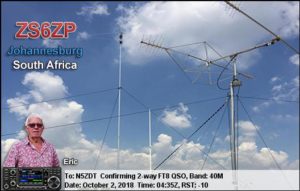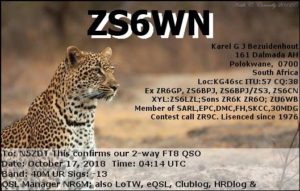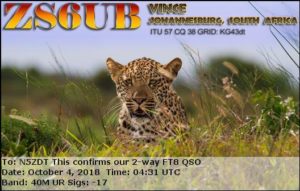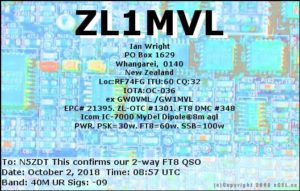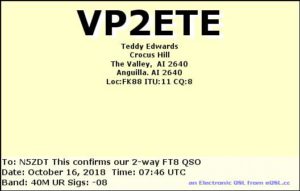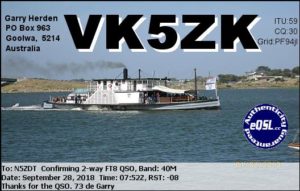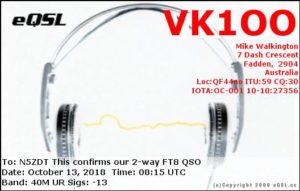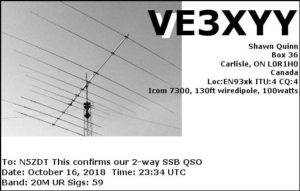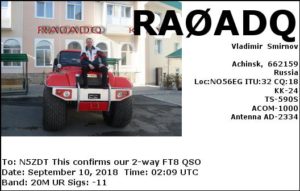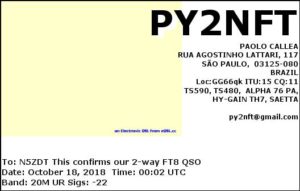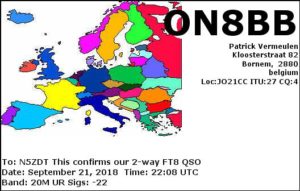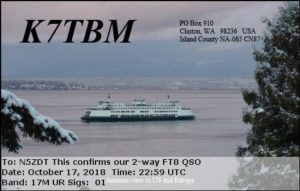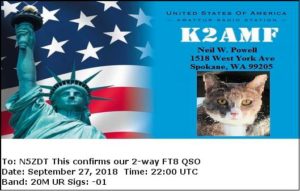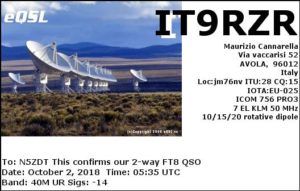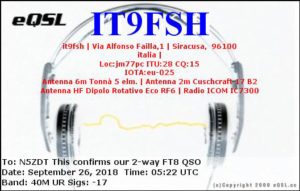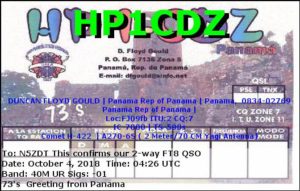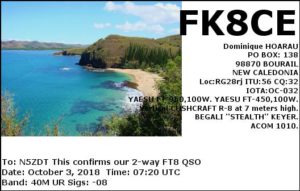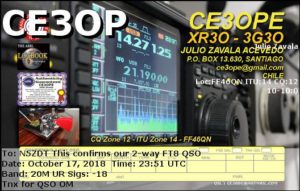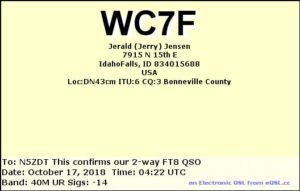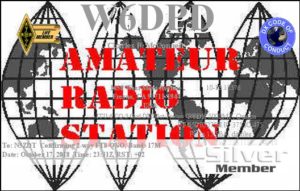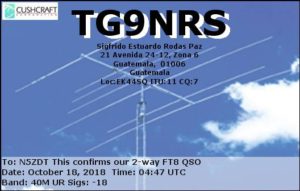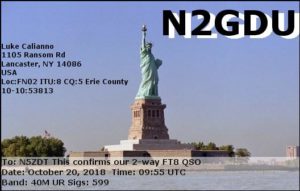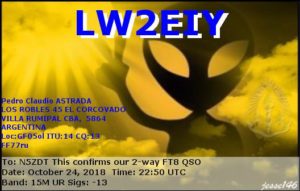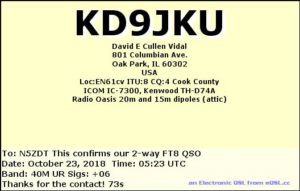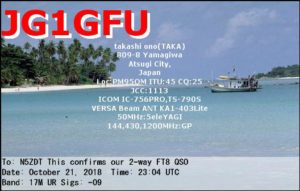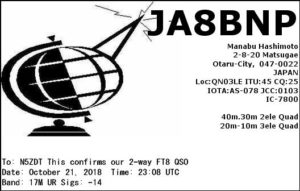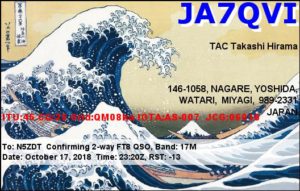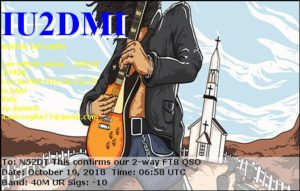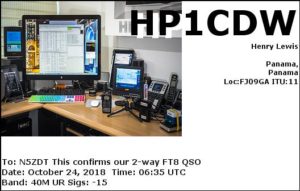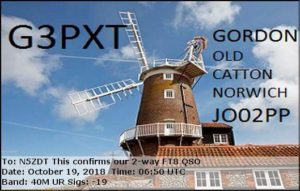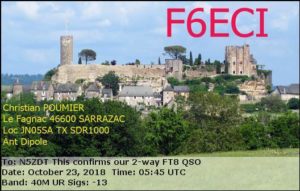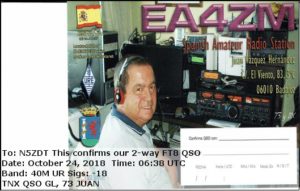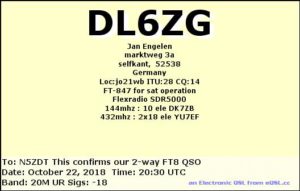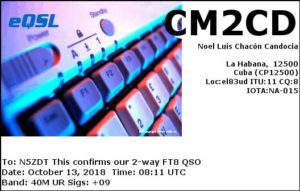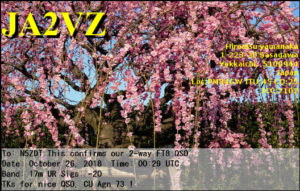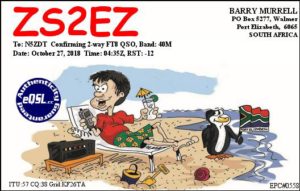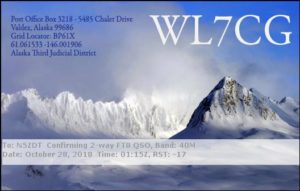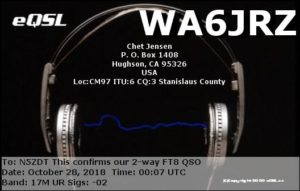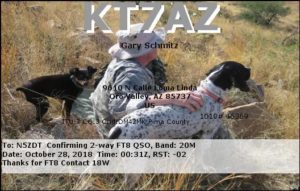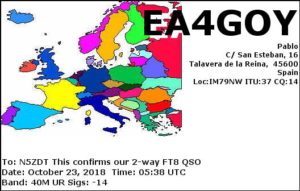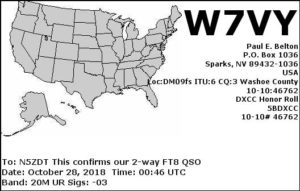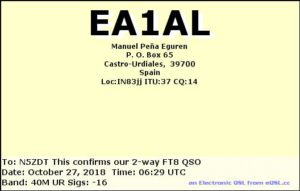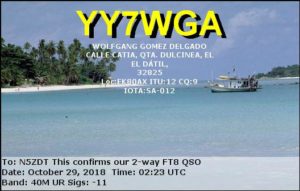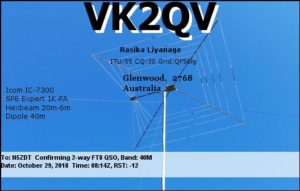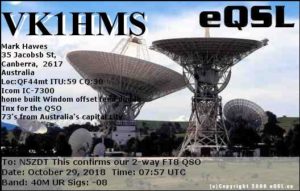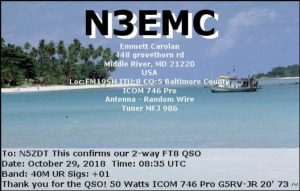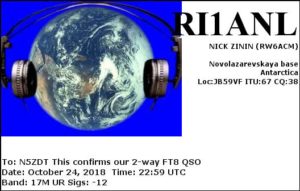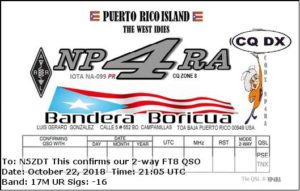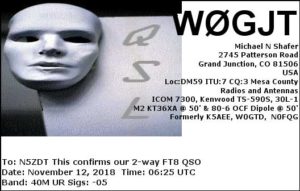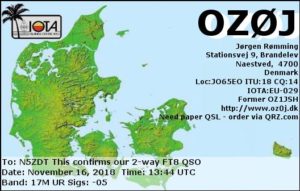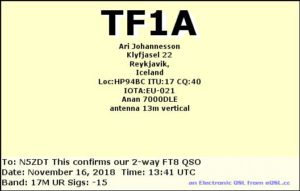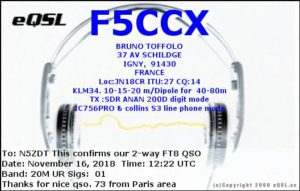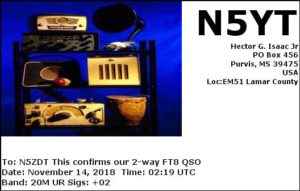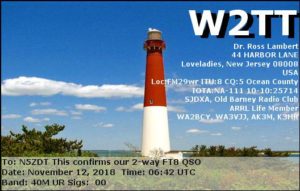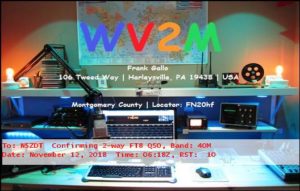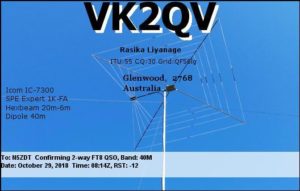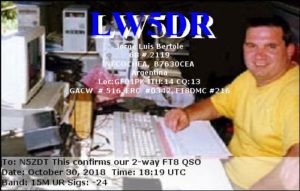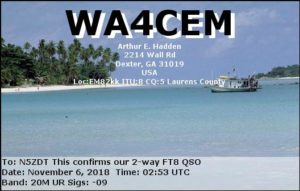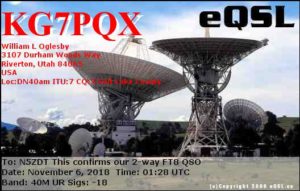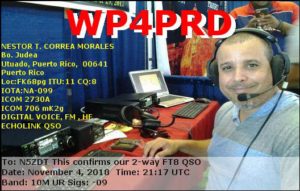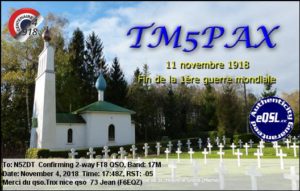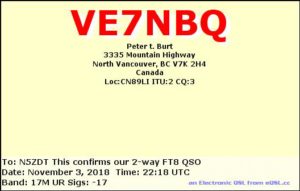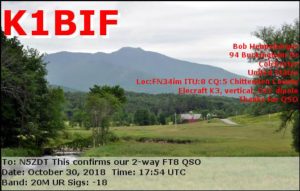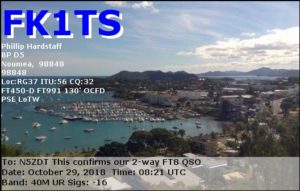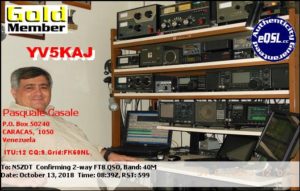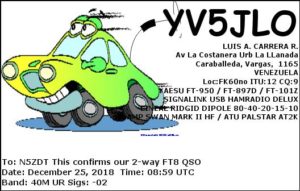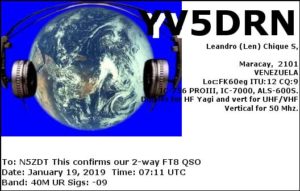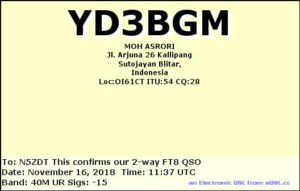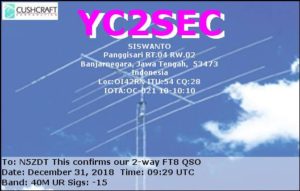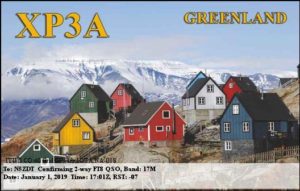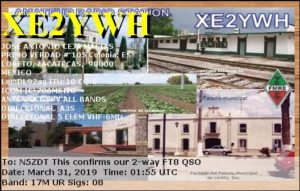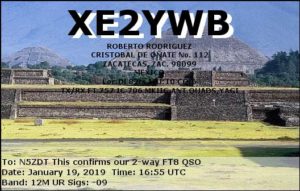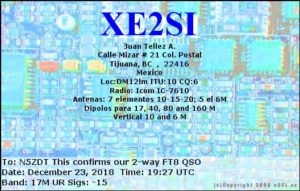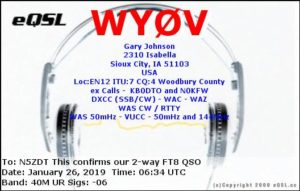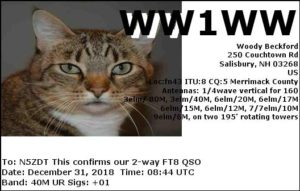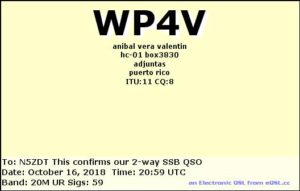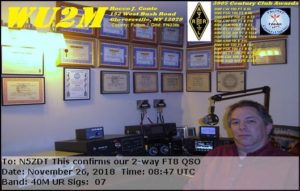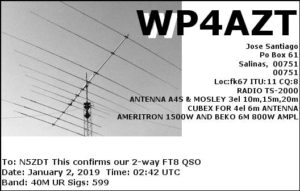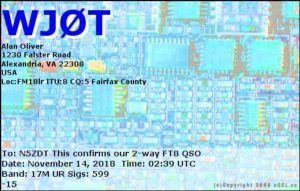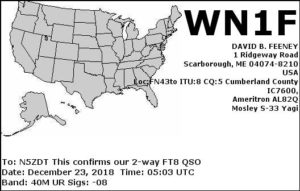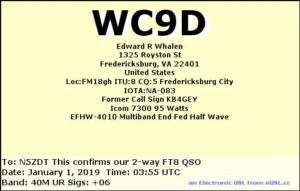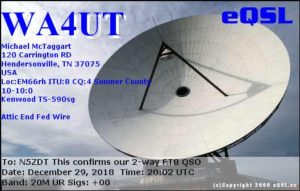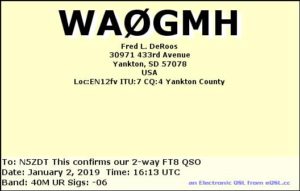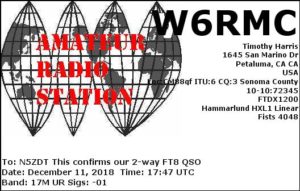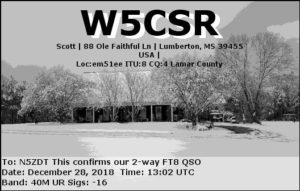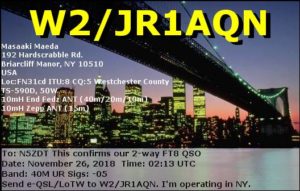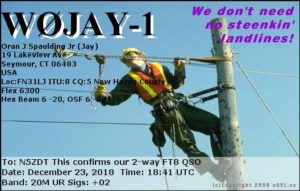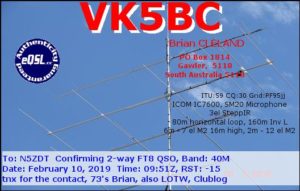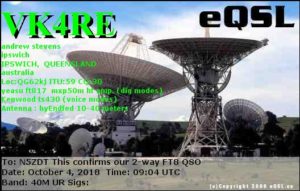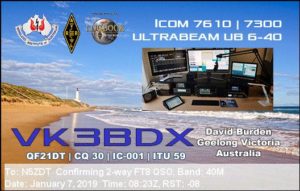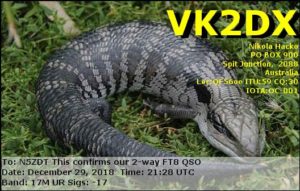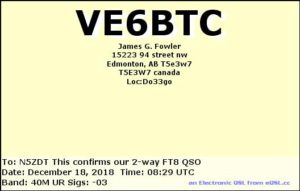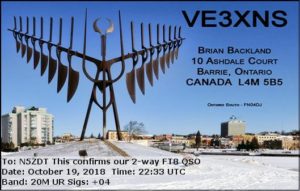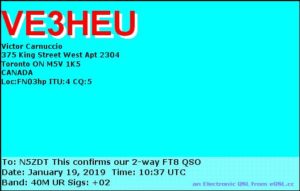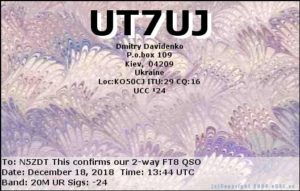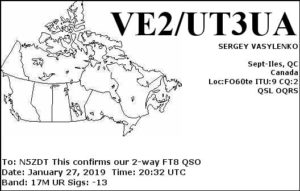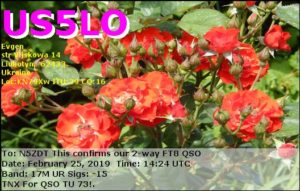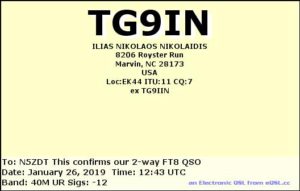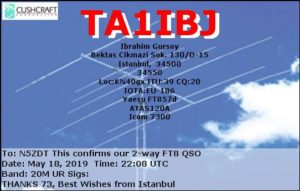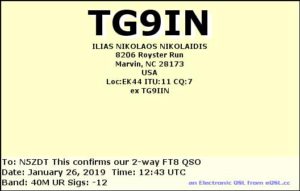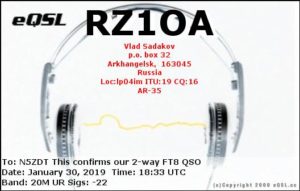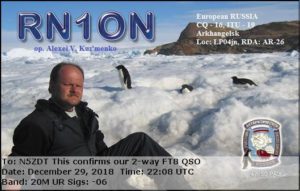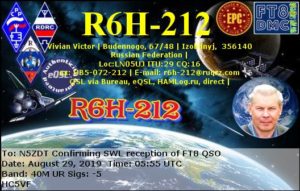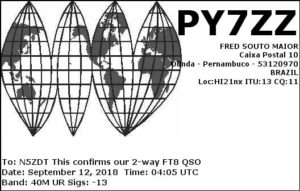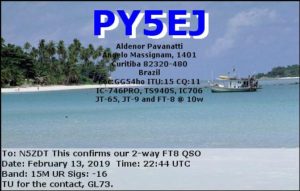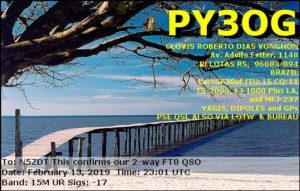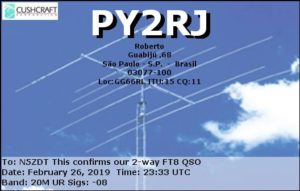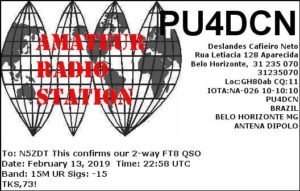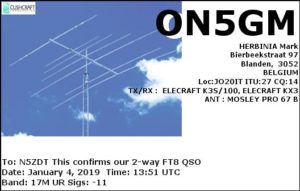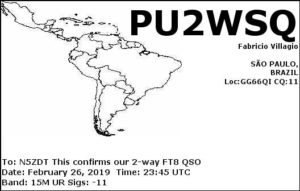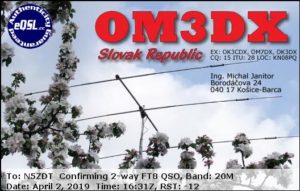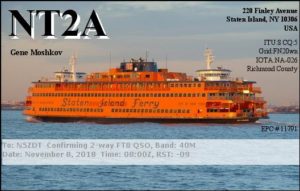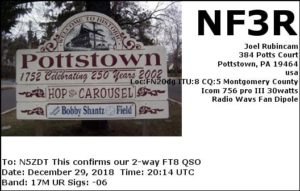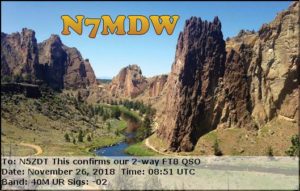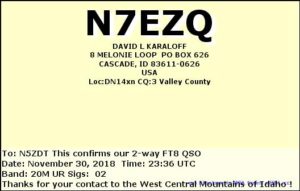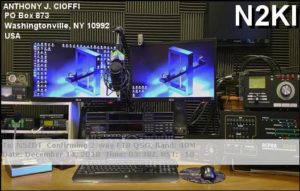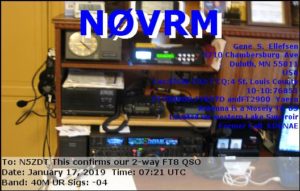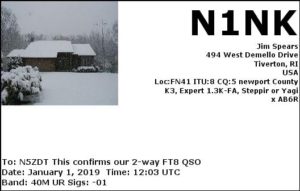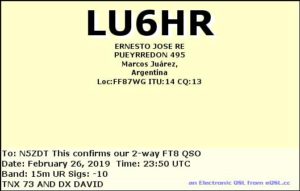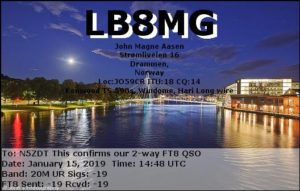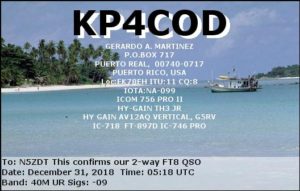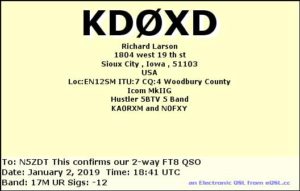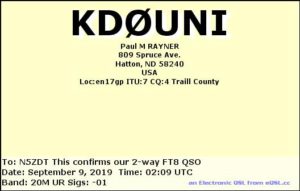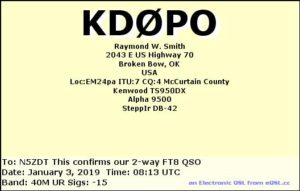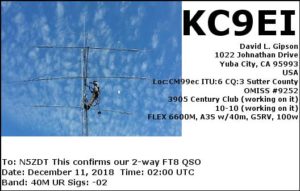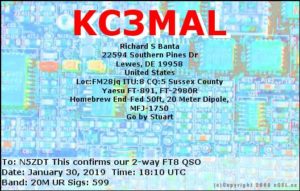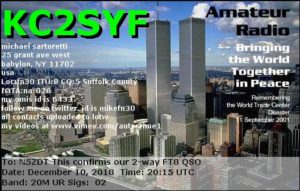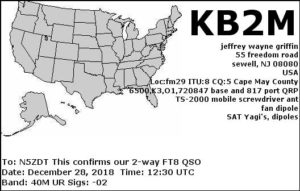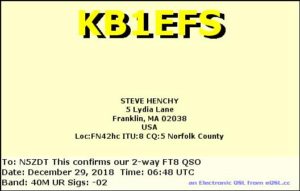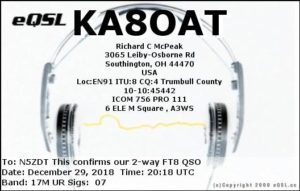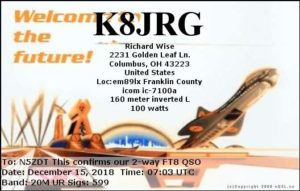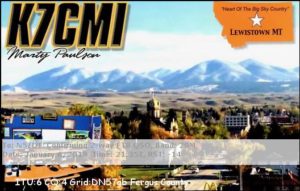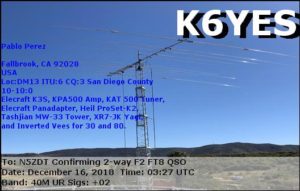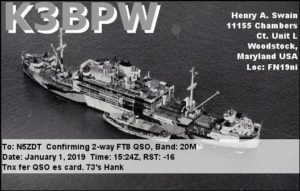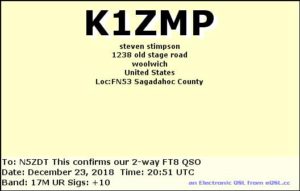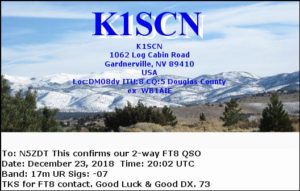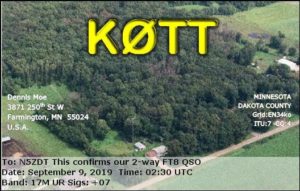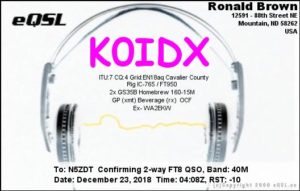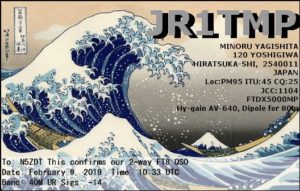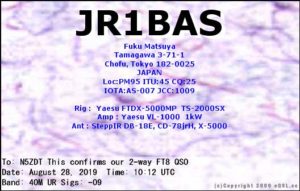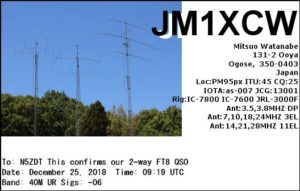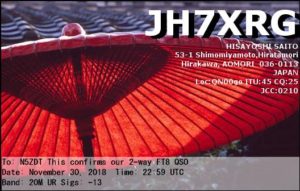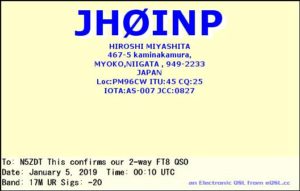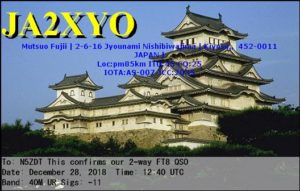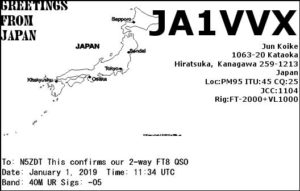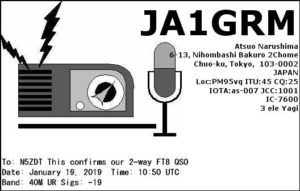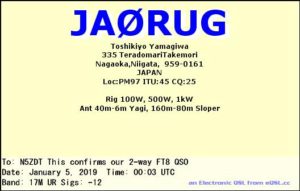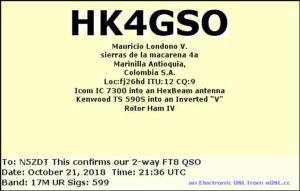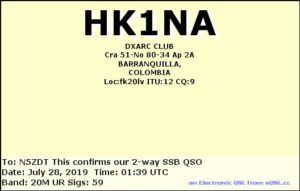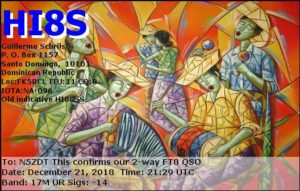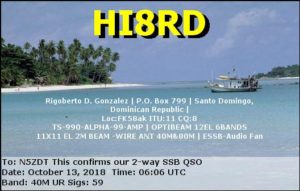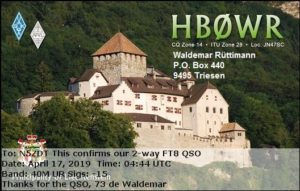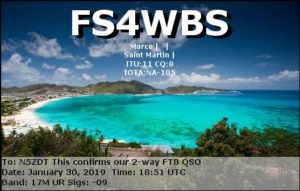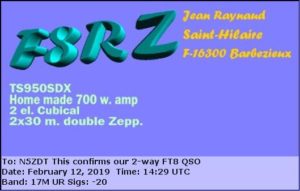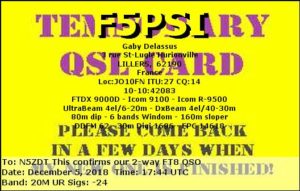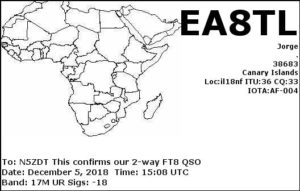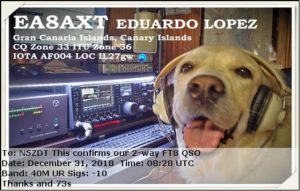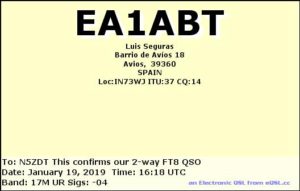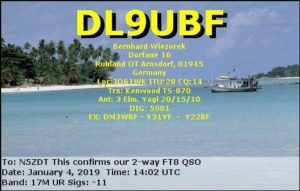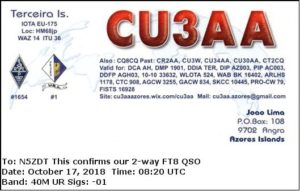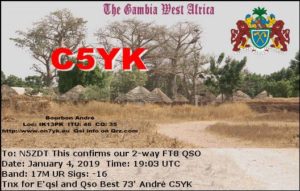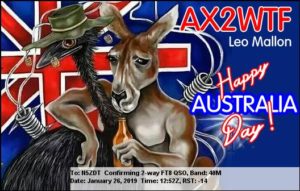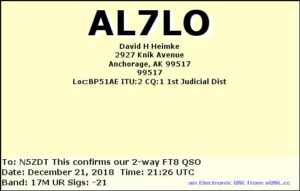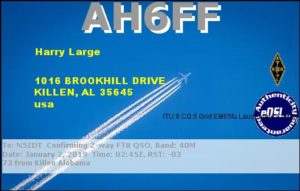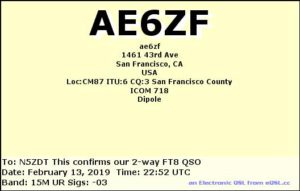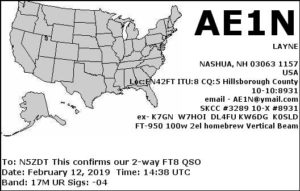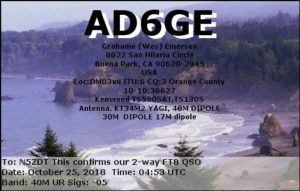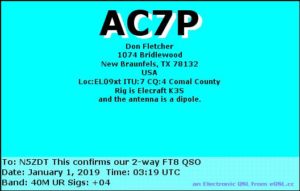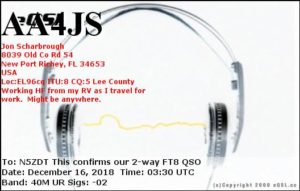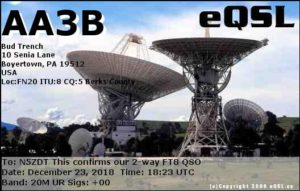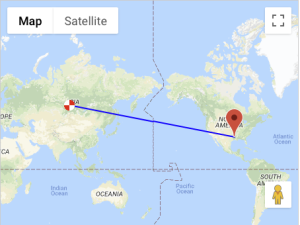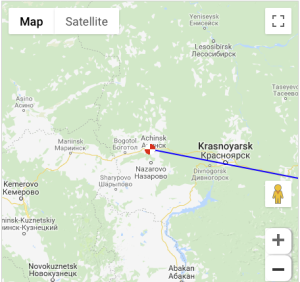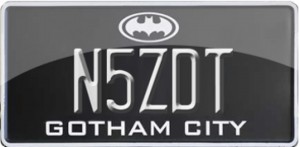PART I
So in August of 2023, I decided to do something I had always wanted to try. I decided to try playing “Storage Wars” for real. You’ve likely seen “Storage Wars” on A&E network or at least the re-runs in syndication on DEFY or one of the other free-to-air channels provided by local broadcasting stations. It’s a “dramatized” reality TV show where people bid on storage units that have gone into lien status and are being auctioned off to the highest bidder. It’s one of my favorites to watch for sure. And my hat is off to the creator of the show for some excellent subject matter and humor.
Sometimes the contents of the storage units that are being auctioned off contain real high-value surprises inside. But most of the time the contents aren’t anything exceptionally valuable. Keeping in mind of course that value lies both in whether the bidder/buyer actually recognizes an item for what it is worth or not, and also whether the bidder/buyer has “in-roads” with a target market for reselling the item at a decent margin. Most of the participants/actors on the show have “go-to” individuals or businesses upon whom they rely for appraising the value of unrecognizable items or items they do recognize but with which they have no experience in determining actual resale value. This is a key piece of the puzzle which can determine potentially large profits or equally large losses on the merchandise in question. And having the proper storefront, venue or online market to turn those items is necessary for reselling the merchandise without losing your shirt. I’ll add that selling online via eBay –and even FB Marketplace or CraigsList to a lesser extent- comes with its own set of challenges and costs that can take a large slice of potential profit out of your pocket before you even know what hit you.
There are many factors which can make or break the profits to be had in the storage wars game. But the same can be said of buying and reselling items from estate sales, garage sales, or even items from your own attic. But I won’t try to cover all of the potential hazards of the game in this post, as I want to get to the good part before I put you to sleep.
Skipping forward….I found an online site that allows one to bid on storage units that are up for auction across the nation. There are an average of around 30,000-45,000 units on the auction block each week. Each auction listing has 4-8 photos which are taken by the mini storage property manager when the unit is seized and locks are changed, readying it for the auction block. The photos are taken from the open doorway without the manager/photographer going into the unit. So it’s really a matter of what you can see from the open doorway and identify as potentially valuable for formulating your maximum bid amount. And there are those who take into account the organization factors as well. For instance, neat units typically may reference a more organized or higher income type of inventory. Units that are a disaster area may indicate a tenant with disaster in every aspect of their lives. The psychology is wide open to interpretation for those who wish to speculate. I looked for items I knew I could sell to recover my bid money in a worst case scenario.
I began by searching for units in my home town and also in the Dallas/Fort Worth area, when I ran across a rather large 10′ x 30′ unit in Garland, TX that looked interesting. I noticed some roller cases with the trade show display company name of “Featherlite” on one of them. Having been to my share of trade shows, I recognized the name and zoomed in further on the photograph, moving the cursor left and right to try and determine what else might be inside. The following photo is what I saw.
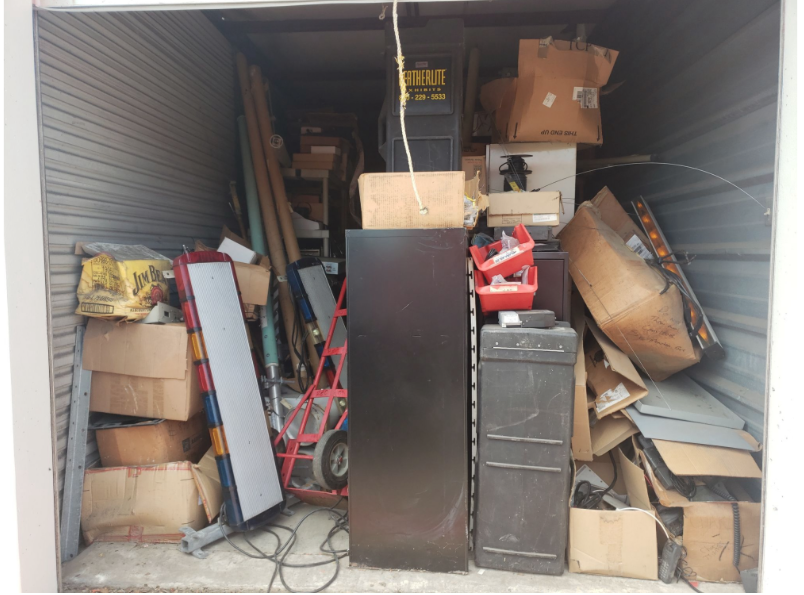
After zooming in, I noticed a handheld radio near the bottom right corner of the photo and recognized the EMS vehicle light bars forward lower left and far right near the wall. Then I also saw the large cardboard tubes leaning against the left wall with what appeared to be a 12′ radome antenna in front of the tubes. As I looked through the rest of the photos I saw this one giving a depth view down the aisle to the back of the unit, showing what appeared to be stacks and stacks of 19″ rack mount equipment covering the back wall. DING! This one was going to be my test unit. I could identify at least 4-5 items that I knew I could resell for a bare minimum total of around $500. So that was my top bid on the unit.
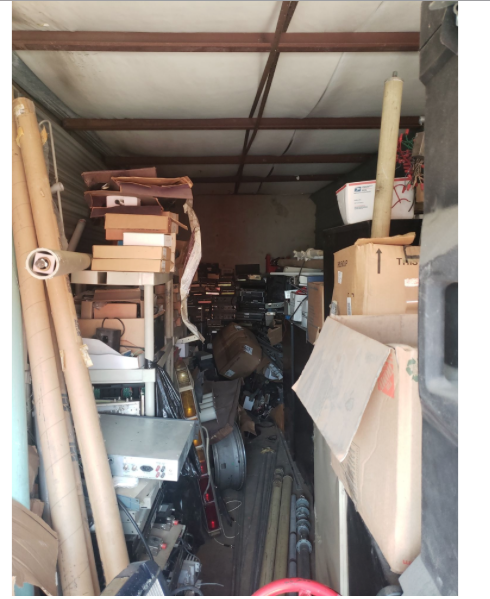
Without even researching prices I knew that I could get at least $100 each for the now 3 light bars that I saw + another $100 for the telescoping mast laying on the floor + another $100 for the two trade show roller cases and the moving dolly. Those items were identifiable and I knew I could sell them.
But to be honest I had no idea of what I was actually purchasing with all of that equipment against the back wall of the unit. Well to cut to the chase here, I set my max bid to $500 and waited. The last day of the auction arrived and the unit was still at around $100 by the time I got up that day. Over the course of the afternoon the price rose in steps until I hit $490 and the “other bidder” went to $500. I had decided that I wasn’t going to raise my bid further if it came down to a situation like this, as a personal test to see if I could stop instead of allowing myself to be bid up by some clown looking to make the other guy pay for it. So I stopped. And I lost the auction to the guy who hit $500 first.
I had been very excited before. Now however although I was happy that I had proven to myself that I could stop and accept loss, I was still disappointed that I hadn’t won the auction. A couple of days went by while I looked at other potential units for a second try, without finding any nearly as intriguing as the one I lost.
On Saturday of that week I was visiting my mom and doing a few repair jobs she had on her list when I got a text message from the auction site. Apparently the person bidding against me who won the unit had failed to pay for it within the 24 hour window. I was listed as backup bidder so they were offering the unit to me for my high bid amount. I burst out laughing as I clicked to accept the offer. But never in a hundred years would I have guessed what I had just purchased.
I drove to Dallas the next morning, paid for the unit and was given a gate access code. When I arrived to open the door, I had been told to expect a combination lock. But there was a padlock on the door latch instead. After calling the management to let them know, I was informed that apparently the person who previously owned the contents of the unit had apparently broken in and had probably removed content after it had been listed for auction. The manager told me that if I had a way to saw the padlock off, I was welcome to do so. And she added that if items were missing on which I had counted for recovery of my investment, they would refund my money as if this had never happened. That was pretty much a win/win solution. So I told her I would send her photos once I had it open.
They ended up reducing the price from $490 to $250 due to the few items that were removed –which included the light bars but nothing else I could identify as missing. Those however quickly became irrelevant in light of the value that remained within.
This unit was FULL of Radio equipment and Repeaters including over 300 mobile radios, over 200 handheld radios, around 80 power amplifiers of the 150watt variety, 65 repeaters for bands ranging from VHF to UHF to 800-900MHz. Isolators, combiners, duplexers, diplexers, filters, antennas, bandpass cavities, splitters, radio components, GPS trackers, EPROM programmers, laptops, software, tower hardware, microphones for base and mobile, mobile antennas, remote control heads for mobile units, and just about everything having to do with radio service and sales that one could possibly imagine…THOUSANDS of dollars worth of equipment.
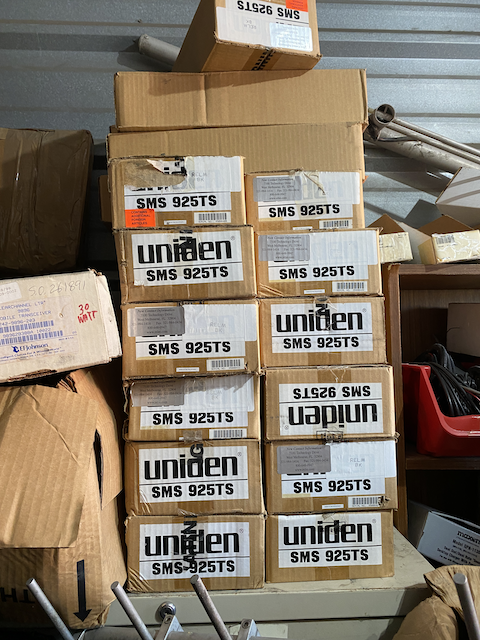
Was it current? Not really. Did that matter? Absolutely not. When you consider that some of the best amateur radio equipment currently in operation is from the 1950s-60s-70s, then you begin to understand the value proposition. Even when you consider that more than 50% of this equipment was made for the 800-900MHz band, it still doesn’t rule out profitability. Consider that no manufacturer of amateur radio equipment actually makes a radio to operate on what we call the 33cm band (902-928MHz). So every amateur radio being used for communication in that band was converted from commercial use at some point or another. And I now had plenty of them and repeaters with amplifiers, antennas, and all of the options to go with them. SO much equipment at such a small price. Of course I had to get an accurate inventory on things I had never seen before while determining value. The research factor alone was daunting –and still is at times. There was SO MUCH of it there. How was I supposed to even know what I had?
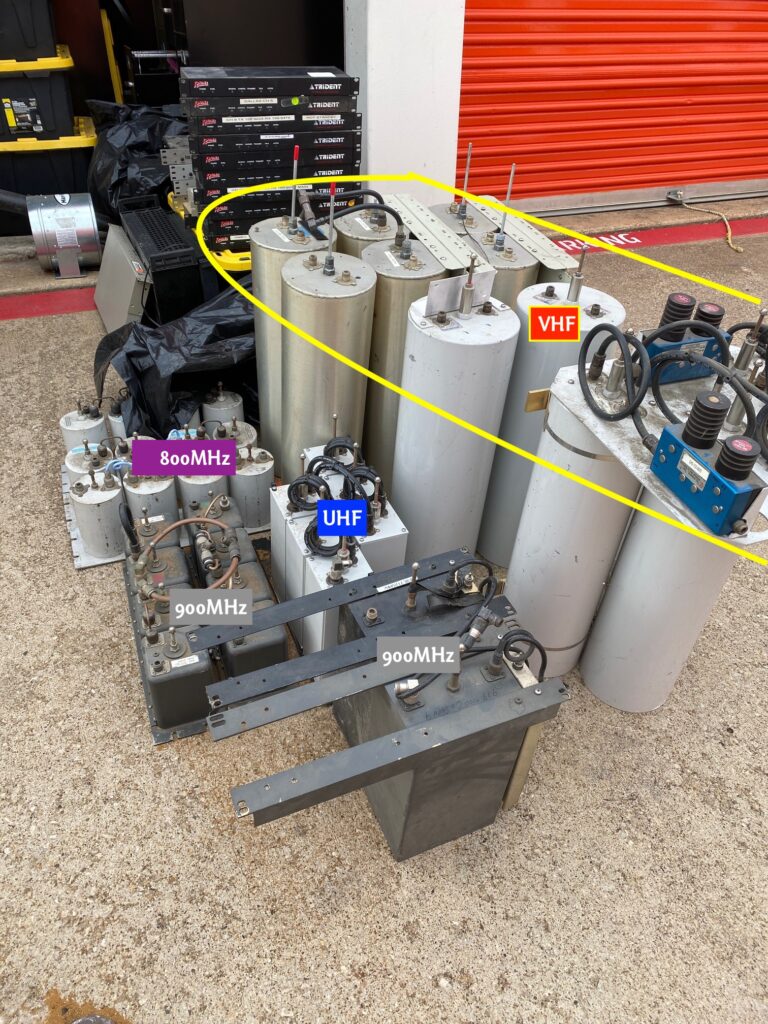
After all, there was enough equipment in that unit that it took almost 3 months to sort it all out and complete a semi-accurate inventory, and that only with the help of some very dedicated friends who assisted in getting it organized (thank you Greg, Hope, Ken, Scott and Bob! I am forever in your debt on this one!). Eventual relocation of the inventory to a smaller storage location in my hometown of Shreveport, LA, was once again thanks to the help of some very dedicated and dear friends (thank you Derick, Shelley, James, Clarence, and Lonell!). who worked tirelessly to separate the treasures from the trash, as well as load and unload it into it’s new location. And of course thanks to my mom for keeping my Zoey, my Jack Russell –who would have loved to have been right in the middle of it all, managing the whole affair- while I was away for 3-4 days a week for nearly 3 months during the process.
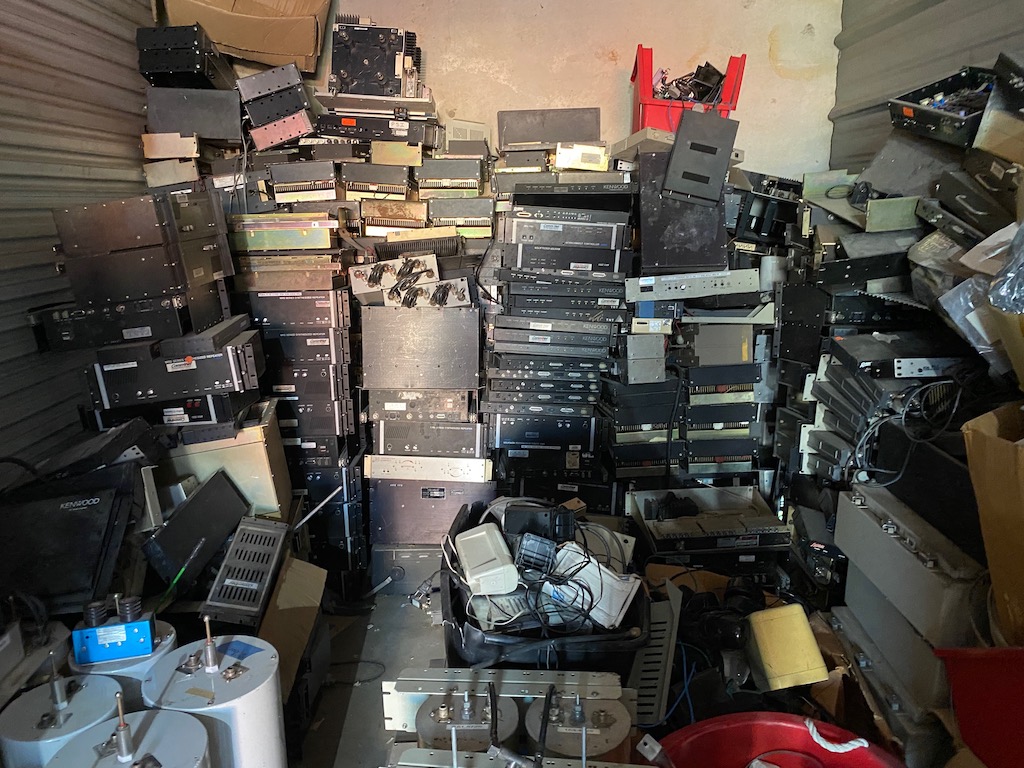
In addition to all of the aforementioned equipment, there were also eleven filing cabinets full of documentation, software, manuals, parts, cables, power cords, accessories, and other “gank” inside them. They told the story of an amazing company’s journey through the commercial radio service industry from 1991-2011/12, through the era of LTR Trunked radio systems, the transition from analog to digital cell service, and even the 900MHz NexTel walkie-talkie cell phones. The story ended around the time of the Sprint-NexTel merger/acquisition which incidentally signaled the closing of CommNet Communications, Inc. in the DFW area. It also signaled a beginning to my own good fortune, although that didn’t come until a few years later in 2023.
Now it was all mine to resell or repurpose. And it couldn’t have come at a better time.
[ The story doesn’t stop there. But I must stop for now, as it’s getting late. This will be continued in a “Part II” article very soon. Enjoy! -David ]


